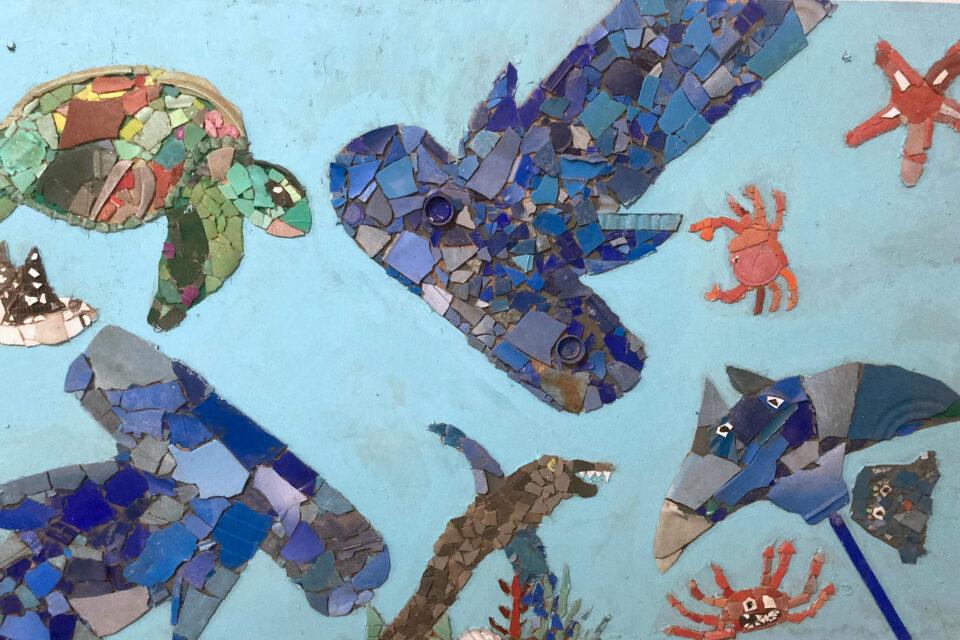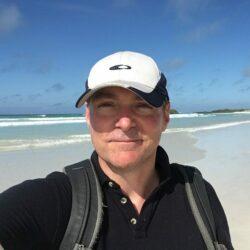

How drone technology can help in the fight against plastic pollution
Drone-based mapping has the potential to greatly enhance the capacity of the Galapagos National Park to clean up plastic pollution and protect wildlife.
I consider myself truly privileged to have been involved in marine conservation field work in some iconic places, from the Hebrides and the Mediterranean to the Great Barrier Reef, the South Sea islands and South East Asia. But nowhere really compares to Galapagos.
The combination of the Archipelago’s remoteness, its stringent levels of protection, the dramatic wind-swept volcanic coastlines, and of course the sheer abundance and diversity of the spectacular wildlife, make working there an unforgettable experience. But these same characteristics can make it a challenging place for field work. While undeniably exotic and exciting, an exposed lava rock platform on a remote island is a hostile place, best suited to seabirds, sealions and uniquely adapted amphibious reptiles. The rigorous scientific survey that’s required to monitor and protect wildlife is difficult to say the least. Just landing a small boat loaded with gear can be near impossible. But these are the obstacles the rangers and science teams of the Galapagos National Park regularly overcome in carrying out their important duties.
In early March I had the opportunity to join them as part of a GCT team and see first-hand their incredible work. Along with Chris Marshall from Airborne Platforms Ltd, we had been tasked by the joint Galapagos National Park / Conservation International marine plastics clean-up team to work out how technology can help combat marine plastic pollution that arrives in the Archipelago on ocean currents.
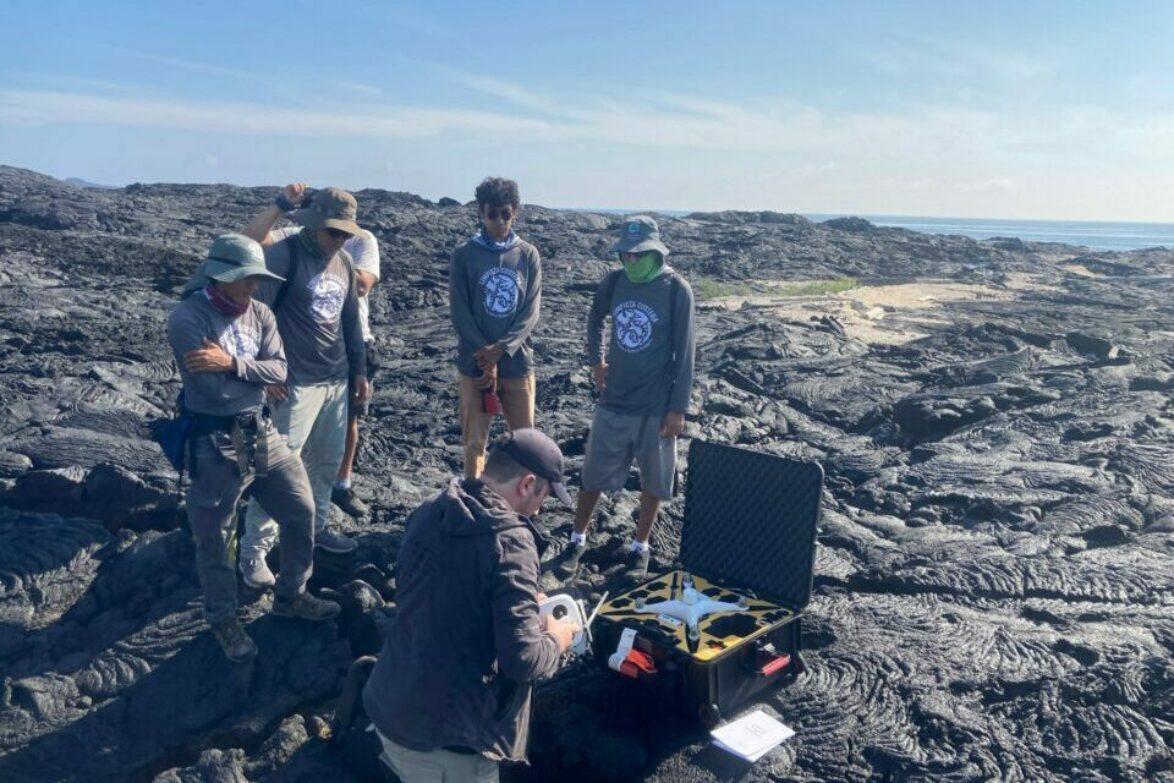
Over the course of the last five years the clean-up team, supported by 4,000 volunteers, has collected more than 80 tonnes of rubbish from Galapagos coastlines, 70% of which is plastic.
Over the course of the last five years the clean-up team, supported by 4,000 volunteers, has collected more than 80 tonnes of rubbish from Galapagos coastlines, 70% of which is plastic. We now know from GCT-funded research that the vast majority of this comes from outside the Galapagos Marine Reserve, with at least 40% from maritime industries (more than double the global average), and it is nearly always in the form and proportions of one third nets and lines, one third bottles and one third assorted other floating junk.
The work has also spotlighted the sources of this pollution through a combination of oceanographic current modelling and ‘garbological’ analysis of items, implicating the fishing fleets operating near Galapagos waters and a relatively small number of urban areas on the South American mainland.
While understanding the sources is necessary if we are to have a chance of turning the plastic tide through political and legal means, supported by policy and educational instruments, it’s imperative that we protect Galapagos wildlife immediately. Coastal fauna is under real threat from this plastic pollution. This is why the work of the clean-up team in removing and documenting the rubbish is so vital. It was clear from our work together that drone technology can help speed up both.

Ocean current modelling shows which coastlines are most affected, but the teams spend many hours accessing the rocky shoreline to find debris accumulation sites, often having to walk several kilometres across difficult terrain in extremes of heat. Collecting and transporting the rubbish back to support boats where the long, painstaking work of categorising and counting items takes place is tough going, even for trained and dedicated teams.
Drone-based mapping of coastlines means the teams will be able to identify key accumulation sites as well as the best, nearest landing spots to access them. Image maps of detailed monitoring sites can also be analysed with AI software to rapidly generate quantitative data on pollution items. This will not replace all manual surveying, but it will greatly reduce the need for so much of it, allowing more time for clean-up. The aim is that by fine-tuning aerial surveying, we will be able to clean twice as much coastline in the same time, providing double the protection to the spectacular wildlife.
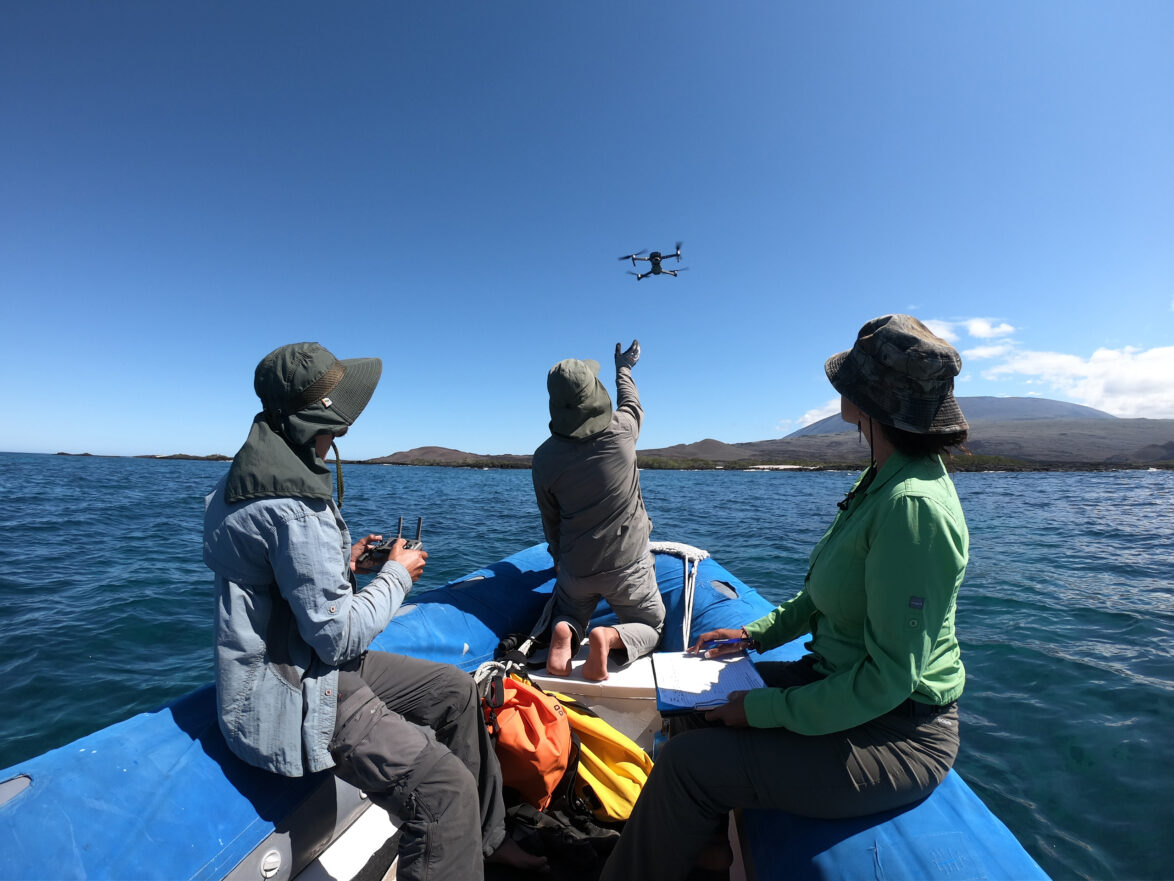
Iguanas from Above
Iguanas from Above is an innovative project that combines drone technology with citizen science to monitor the health of marine iguana populations in Galapagos.
Plastic Pollution Free Galapagos
We are working with partners across the Eastern Pacific to make Galapagos plastic pollution free once again, identifying the sources and impacts of plastic and supporting innovative solutions.
Related articles

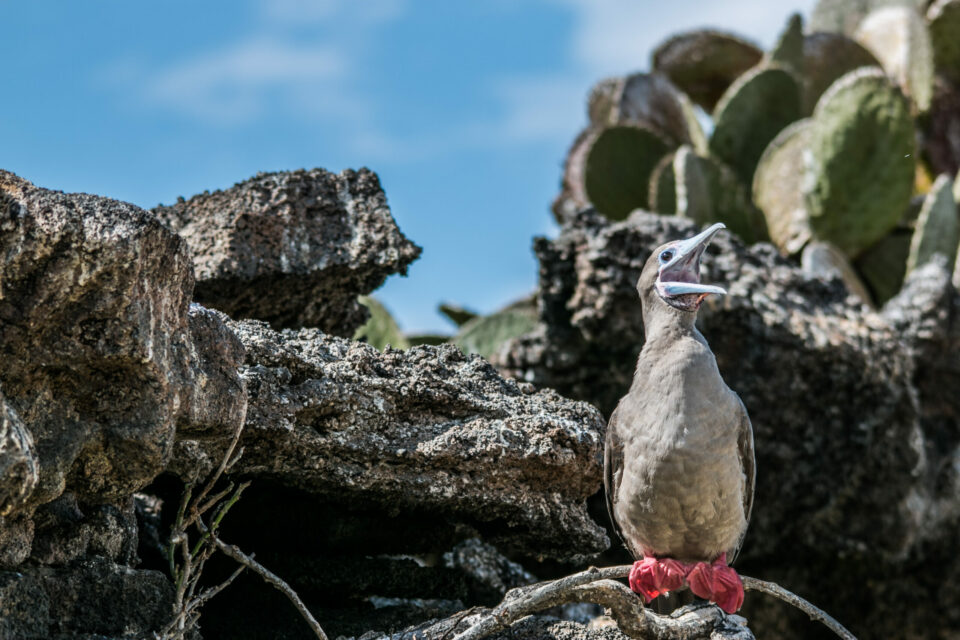
How to have an eco-friendly Christmas
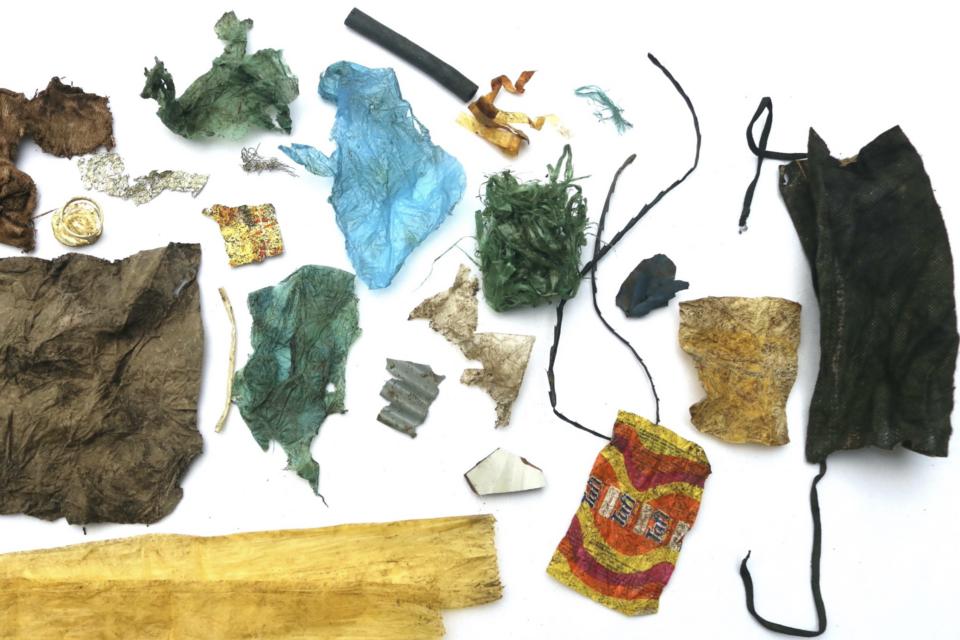
New research shows that Galapagos giant tortoises are ingesting plastic waste
